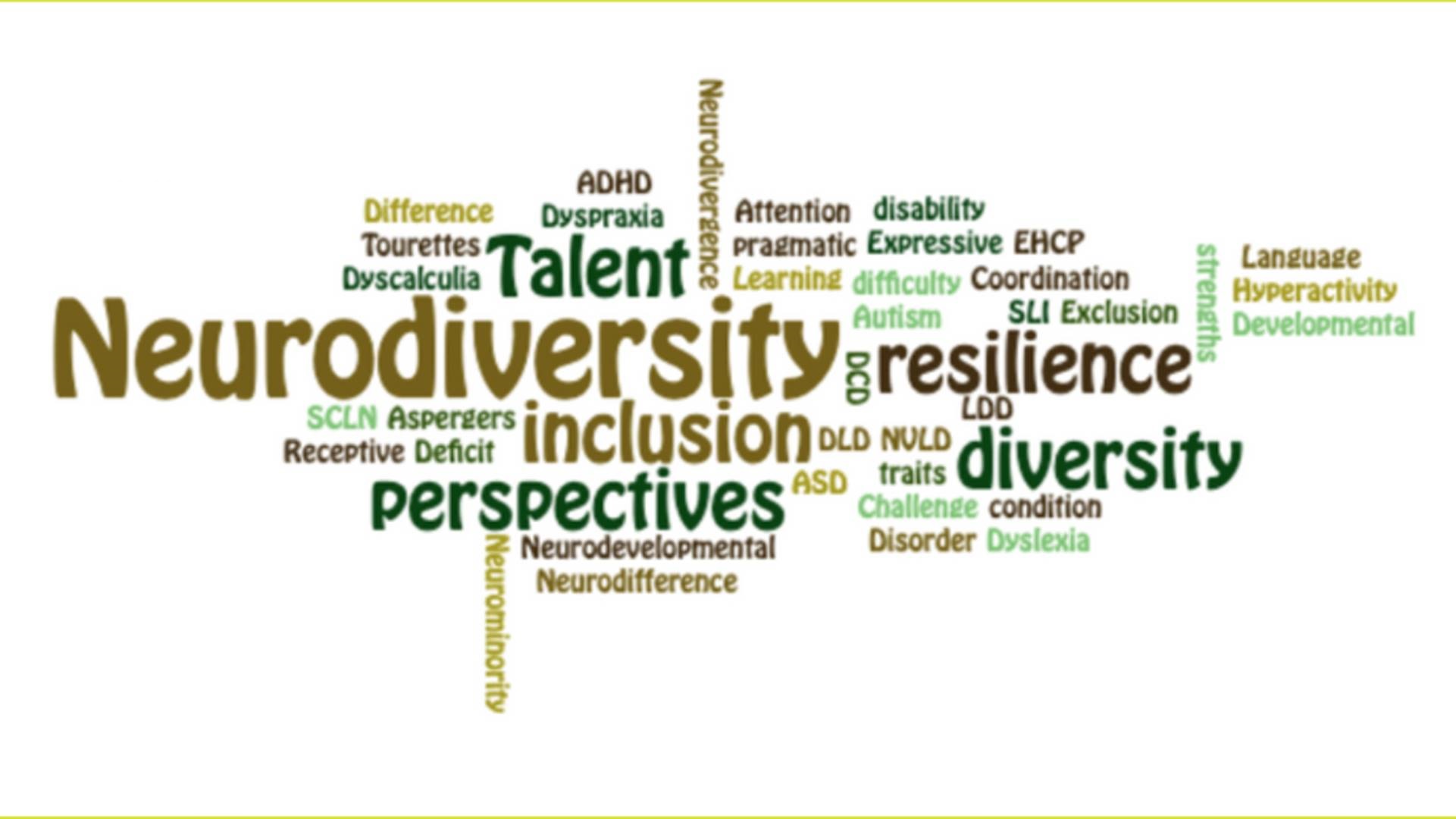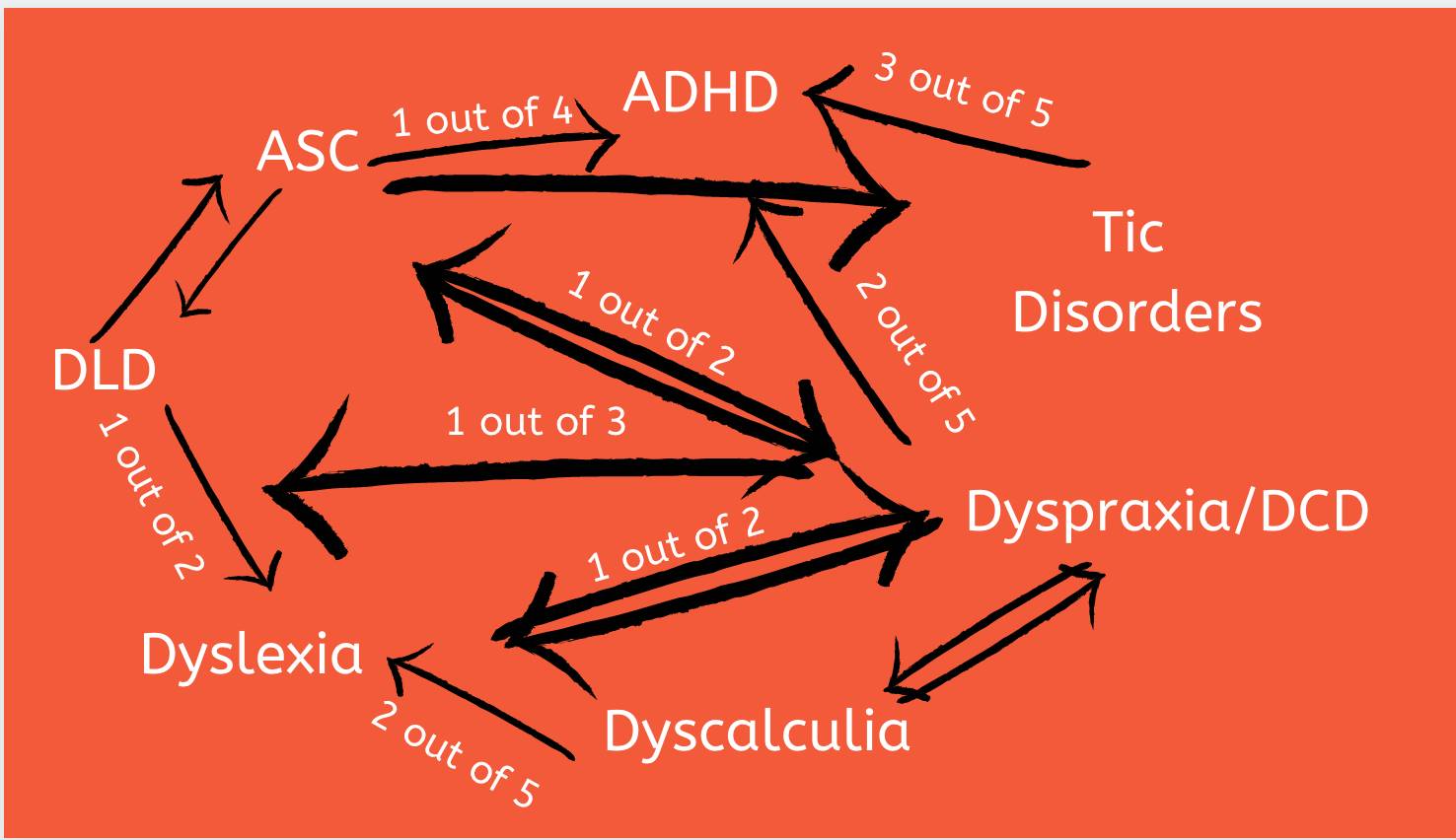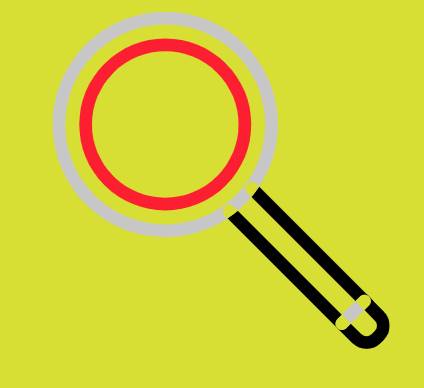Let us all Stop-Look and Listen

Siena Castellon – is an amazing and inspirational young woman who advocates on the global landscape to raise awareness about Neurodiversity. She started ‘Celebrating Neurodiversity Awareness week’

( #NeurodiversityCelebrationWeek.)which is all this coming week.
She speaks from the heart about her personal experiences but also shares her ideas, thoughts, and practical tools that are helping to encourage changes to happen. The celebration week has grown arms and legs and the impact of her wonderful work is people are having more conversations in schools and businesses more than ever.
Sienna is one woman along with many others on a mission to ensure we have better experiences for us, our children, and our grandchildren in school and at work. However, for some speaking up can sometimes result in less support. In some cases also some labels get less than others. Awareness and training remain as important as ever.
In this last week, it has been great to see more people feeling comfortable telling their tale such as Vice Admiral Nick Hine and also from families describing their experiences of living with neurodiverse families. But we need to remember that those who do are doing so usually from a place of safety and have a choice to do so. I can talk more loudly because of the stage I am at too.
Are you easily bored? How does this relate to neurodiversity?
What do I think neurodiversity means?
The term neurodiversity was thought to be first coined by the wonderful Australian sociologist Judy Singer in the late 1990s in Australia while Harvey Blume, a journalist was talking at the same time about similar concepts in the US. They were both coming from a concept of biodiversity and considering why would we, as humans, not have different ways of adapting to survive in different settings. Diversity is a reality we recognize the importance more and more when planning the environment we live in for sustainability.
While the term neurodiversity is increasingly being used ( which is fab!) the language is also evolving in terms of usage and meaning. Words belong to all of us and not owned by one person or one group. It is important to embrace the concept that neurodiversity is about us all. It is not an exclusive club and about one condition, difficulty, or difference, or disorder!
Neurodiversity is considering ( and respecting) the many differences in the way we see, hear, think, speak, act and move. It recognizes that human brains are diverse and vary. Each one of us has a unique set of different connections with our billions of nerve cells. This means the way we interact with our environment will vary from person to person and is dynamic and may change over time.
I want to discuss the tension between the social model of disability and a medical model and to see this as not an either/or. Work by Shakespeare and Oliver is worth a read. Sometimes a medical diagnosis is valuable in order to target the appropriate support that person requires. A child with movement difficulties could be related to Cerebral Palsy, Muscular Dystrophy, or Developmental Coordination Disorder. Gaining the right diagnosis can aid intervention. Someone with Dyslexia may have difficulties with reading, spelling, writing, comprehension. By understanding where the challenges are can aid targeted support and not work on the areas that are not problematic. Some people with ADHD are helped with appropriate medication.
Gaining a diagnosis such as ADHD or Dyslexia, DCD/Dyspraxia often provides words and phrases that give an explanation for someone why they may have experienced challenges in the past and present navigating a world made to move, think and communicate in certain ways. Sadly the descriptors are often about the difficulties and less about talent. However, they provide a means to allow conversations to be had and can act as a starting point for that person to describe who they are, but they never describe the person in totality. For some, a diagnosis can be a revelation and can make sense of a chaotic past.
Entrepreneurship, and neurodiversity – the SME partnership for 2021
The term neurodivergent has been used relating to traits and characteristics that have been associated with a number of conditions. These include ( but importantly are not exclusive ):
• Attention-Deficit/Hyperactivity Disorder (ADHD),
• Autism Spectrum Disorder (ASD)/Condition (ASC),
• Developmental Coordination Disorder (DCD, also known as Dyspraxia),
• Developmental Language Disorder(DLD),
• Dyscalculia,
• Dyslexia,
• Intellectual Disability (called Learning Disability in the UK),
• Tic Disorders, including Tourette’s Syndrome(TS).
These conditions are often placed under an umbrella mainly because they cluster together(co-occur).

Often people who gain a diagnosis of one condition have other traits from other conditions too but they may not have a formal diagnosis or reach a diagnostic threshold
The term neuro-divergence is more about deviating from a social norm or expectation and the divergence may be different in different contexts and settings. I believe it should not be used in a binary manner to group people into being either neuro-divergence or neurotypicals. However, for some, living in a world where there are expectations to behave in one way can leave you with feelings of being ‘other’ or ‘othered’ and I think that is often what is being discussed. Most of us are seeking attachment( in some way) to others who have something in common- shared values, interests, views on the world.
Stop- Look- Listen ( Listen to the song!).. and the words
STOP

Stop and consider what it would be like to go to another country with different cultural expectations, spoken and written language, sports and hobbies, and different foods you couldn’t identify. How would you feel?
We take for granted what comes to us without trying.
Some people are invisible if you don’t bother to look. As a doctor, I knew about developmental conditions and had worked in pediatrics but when my son was diagnosed with DCD more than 30 years ago it made me see things from a different perspective. It became very personal. I have heard from parents struggling to get their children diagnosed and gaining support and also examples of people applying for loads of jobs with a long list of qualifications but not getting interviews at all. No reasons were given and this doesn’t help you know what to do next time!
Maybe we need to STOP and spend more time listening carefully to these stories to understand the lost talent, parental frustration to see how our systems and processes are not working for all.
When it is easy for you, there is little motivation to change. We continue to do as we have always done. For some, they have been given the recipe book with not only all the ingredients bought for them but with step-by-step instructions that are in full color. For others, there is no guide book and they have ingredients that are for a different recipe together.
Stop this week and think about what you would feel if you kept getting rejected. If it is your son or daughter that it is happening to and if you own a company how can you change the processes? (Talk to me and others please if you are not sure where to start).
LOOK

Check your stats and look at the numbers not only around the numbers of people who disclose ( as some may fear doing so) but perhaps also look at your hiring and retention processes. How many people leave? Who are the people who have performance ‘issues’ and is this because of line manager clashes or difficulties in communicating? We need to look at ourselves and see how we can all do better. It can feel painful and challenging.
If you are in education check who gets an EHCP ( Educational Health Care Plan) by Socioeconomic status with DLD, ADHD, DCD and who gets one with SEMH ( relating to behaviour). You may be surprised. If you don’t have the words to talk about your child and the means to communicate effectively others see behaviour and not always the reasons for it.
- Look for the talents you want and explore different ways of assessing the skills you want.
- Look at your systems and processes.
- Look to build neurodiverse teams. It may not be easy but you will certainly gain from the richness of having different perspectives.
LISTEN

Listen to the words people are speaking.
“If liberty means anything at all, it means the right to tell people what they do not want to hear.”
― George Orwell
In this last week, I have had amazing conversations and correspondence from people from across the globe. Each person has a unique tale. Someone told me this week that they were given software because they had ADHD, and was told that they had similar needs to someone with Dyslexia and so it should be good for them too. Very frustrating. They were not being listened to.
Listening to others allows us to consider the feelings that person has.
Anxiety, depression, fear, pain, irritation, sadness, frustration, anger, fatigue.
We all need to LISTEN to others with respect and kindness and create safe spaces where we can talk and be ourselves. I posted about the term UBUNTU this week. I loved this quote:
“A person with ubuntu is open and available to others, affirming of others, does not feel threatened that others are able and good, for he or she has a proper self-assurance that comes from knowing that he or she belongs in a greater whole and is diminished when others are humiliated or diminished when others are tortured or oppressed.”
― Desmond Tutu
It makes me think about what it is to be human and care about others. It is not about the differences but more about seeking mutual respect. Understanding and listening to how someone is feeling can help us have a common touchpoint.
We all have value in society.
Embracing neurodiversity awareness this week can be far more than attending one awareness session. This is a great starting point but if it doesn’t lead to a change in the way we interact with others it is no more than being a passive recipient of information. It won’t create change. Listen to the words spoken and think about their meaning.
Our home and work environments are generally designed for the ‘average’ person and when we consider neurodiversity then we need to provide environments that work for all and not for some. It also doesn’t mean we design by conditions as we know each person will require different supports.
Remember! Not everyone comes labeled and many people will have hidden challenges ( but also talents) that may be less or not obvious to others. They may decide not to share information if they don’t feel safe about doing so.
See my video to explain more about BALLS in the BUCKET…
The picture of neurodiversity is one of many wonderful colors and is a changing one and for some people they can become disabled by the environment, they have to navigate.
· Only 17% of disabled people were born with their disabilities (Source: Institute for Public Policy Research article Work for disabled people).
· 2% of the working-age population becomes disabled every year
· 78% of disabled people acquire their impairment aged 16 or older (Source: Employers’ Forum on Disability).
· Every day in the UK, 250 people start to lose their sight. ( Source: RNIB)
Neurodiversity is all about designing for all and not for some.
Stop, look and listen this week, next week, and the one after.
Amanda remains an optimist. She needs to be as she has been shouting out for more than 30 years about neurodiversity because of her own and other’s experiences.
She is the CEO of Do-IT Solutions – a tech for good company- that has designed web-based tools to help organizations and individuals harness talent and online, accredited, and e-learning bite-size training programs to help embed change.
She has a book coming out in the Summer with the wonderful Theo Smith which she hopes will help organizations to Stop, Look and Listen.
RNIB, 2017, The state of the national eye health 2017: A year in review, (Online), Available at:: http://www.rnib.org.uk/state-nation-2017
https://www.st-andrews.ac.uk/hr/edi/disability/facts/
Napomena o autorskim pravima: Dozvoljeno preuzimanje sadržaja isključivo uz navođenje linka prema stranici našeg portala sa koje je sadržaj preuzet. Stavovi izraženi u ovom tekstu autorovi su i ne odražavaju nužno uredničku politiku The Balkantimes Press.
Copyright Notice: It is allowed to download the content only by providing a link to the page of our portal from which the content was downloaded. The views expressed in this text are those of the authors and do not necessarily reflect the editorial policies of The Balkantimes Press.
